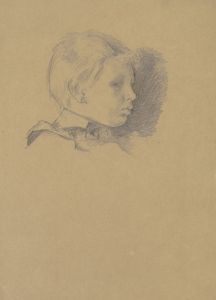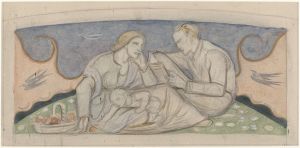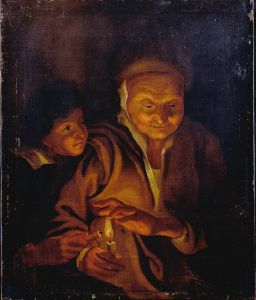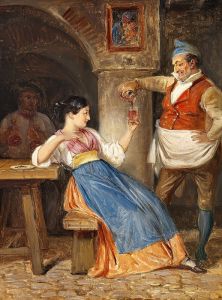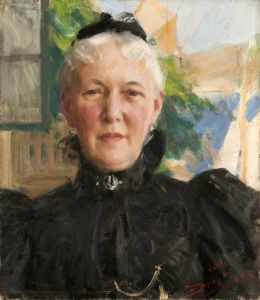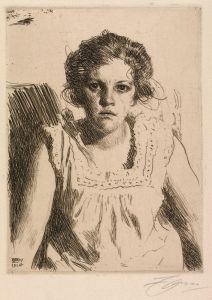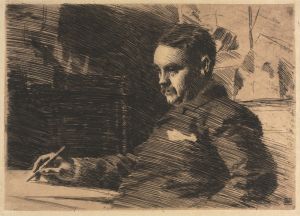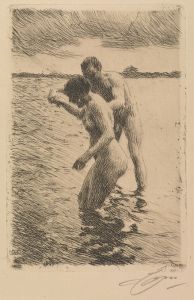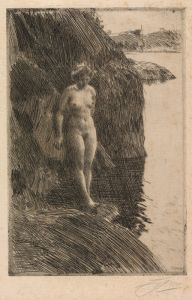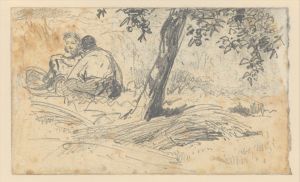
Man and boy in Algiers
A hand-painted replica of Anders Zorn’s masterpiece Man and boy in Algiers, meticulously crafted by professional artists to capture the true essence of the original. Each piece is created with museum-quality canvas and rare mineral pigments, carefully painted by experienced artists with delicate brushstrokes and rich, layered colors to perfectly recreate the texture of the original artwork. Unlike machine-printed reproductions, this hand-painted version brings the painting to life, infused with the artist’s emotions and skill in every stroke. Whether for personal collection or home decoration, it instantly elevates the artistic atmosphere of any space.
"Man and Boy in Algiers" is a painting by the renowned Swedish artist Anders Zorn, known for his masterful technique and contributions to the art world during the late 19th and early 20th centuries. Zorn, born in 1860 in Mora, Sweden, was a prominent figure in the art community, celebrated for his portraits, genre scenes, and depictions of nudes. His works are characterized by their vibrant use of color, loose brushwork, and ability to capture the essence of his subjects.
The painting "Man and Boy in Algiers" was created during a period when Zorn was extensively traveling and exploring different cultures. His travels significantly influenced his artistic style and subject matter. During the late 19th century, many European artists were fascinated by the exoticism of North Africa and the Middle East, often referred to as Orientalism. Zorn's visit to Algiers, the capital city of Algeria, provided him with a wealth of inspiration, evident in this particular work.
In "Man and Boy in Algiers," Zorn captures a moment between two figures, a man and a boy, set against the backdrop of Algiers. The painting reflects Zorn's keen interest in the human condition and his ability to portray the subtleties of human interaction. The figures are depicted with Zorn's characteristic fluid brushwork and attention to detail, which bring the scene to life. The use of light and shadow in the painting highlights Zorn's skill in creating depth and atmosphere, drawing the viewer into the intimate moment shared by the subjects.
Zorn's choice of Algiers as a setting is significant, as it reflects the broader trend of Orientalism in European art during this period. Artists were drawn to the perceived exoticism and mystery of the East, and Zorn was no exception. However, unlike some of his contemporaries, Zorn's approach was often more focused on the individuals he encountered rather than romanticized or idealized depictions of the region.
The painting is an example of Zorn's ability to blend his technical prowess with a deep empathy for his subjects. His works often convey a sense of immediacy and intimacy, inviting viewers to engage with the scene on a personal level. "Man and Boy in Algiers" is no exception, as it captures a fleeting moment of connection between the two figures, set against the vibrant backdrop of Algiers.
Anders Zorn's legacy as an artist is marked by his contributions to both Swedish and international art. His works are held in high regard and continue to be studied and appreciated for their technical excellence and emotional depth. "Man and Boy in Algiers" stands as a testament to Zorn's ability to transcend cultural boundaries and capture the universal aspects of human experience through his art.





